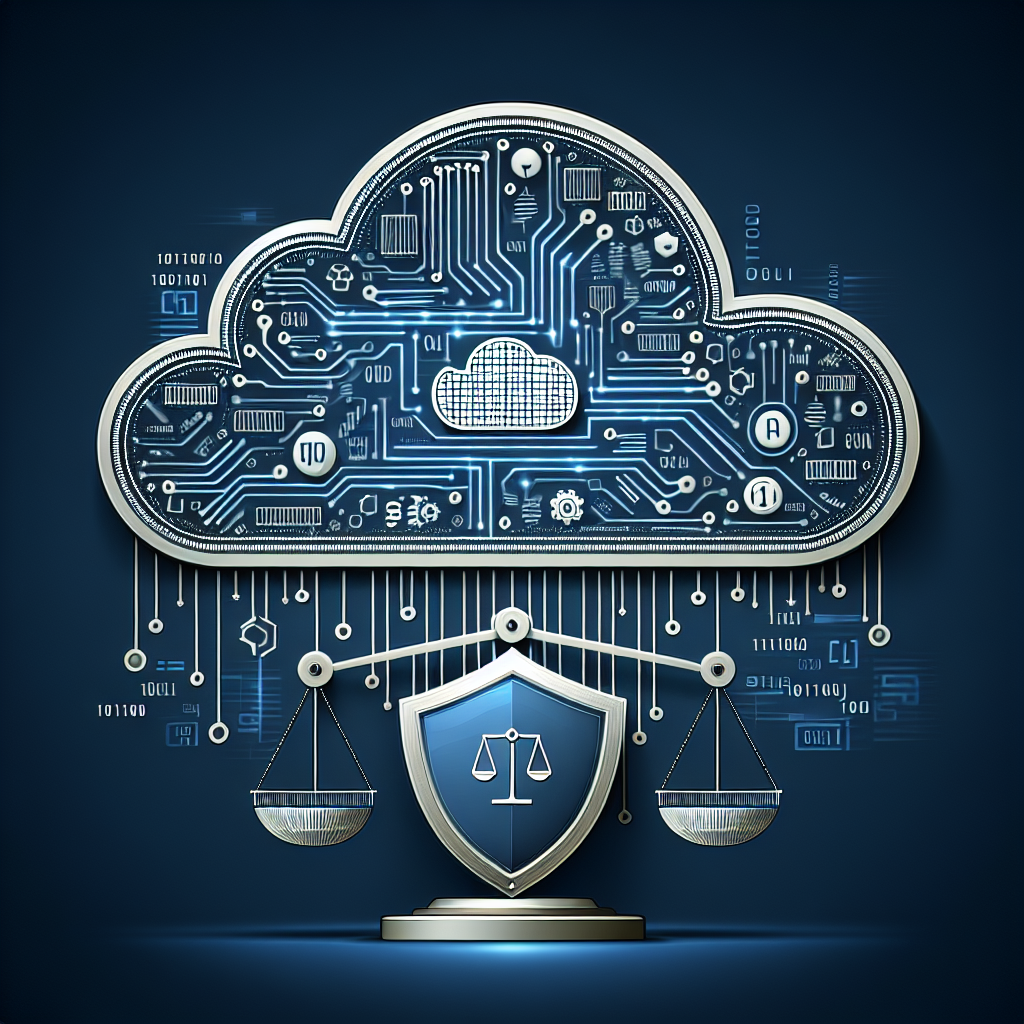In recent years, the use of cloud computing has skyrocketed, with businesses of all sizes turning to cloud services for flexibility, scalability, and cost-effectiveness. However, as more data and applications are moved to the cloud, cybersecurity concerns have also increased. The shared nature of cloud environments and the potential for unauthorized access make them attractive targets for cybercriminals. In this article, we will explore the risks associated with cybersecurity in the cloud and discuss strategies for protecting sensitive data and applications.
One of the biggest risks of using cloud services is the potential for data breaches. Cloud providers store vast amounts of data from multiple clients on shared servers, making them prime targets for hackers looking to steal sensitive information. In addition, misconfigured cloud settings can leave data exposed to unauthorized access, leading to potential data leaks. To mitigate this risk, organizations should implement strong encryption measures to protect data both in transit and at rest. Regular security audits and monitoring can also help detect and address any vulnerabilities in the cloud environment.
Another common cybersecurity risk in the cloud is the threat of malware and ransomware attacks. Malicious actors may use phishing emails or other tactics to gain access to cloud accounts and deploy malware that can disrupt operations or steal sensitive information. To combat this risk, organizations should implement multi-factor authentication and access controls to limit who can access cloud resources. Regularly updating software and conducting security training for employees can also help prevent malware attacks.
In addition to external threats, organizations must also be aware of insider risks in the cloud. Employees with access to sensitive data or applications may inadvertently or intentionally expose information, leading to data breaches or other security incidents. To address this risk, organizations should implement strict access controls and monitor employee activity in the cloud environment. Regularly reviewing and updating user permissions can help prevent unauthorized access to sensitive data.
Overall, protecting data and applications in the cloud requires a multi-faceted approach that includes encryption, access controls, monitoring, and regular security audits. By implementing these strategies, organizations can reduce the risk of cyberattacks and safeguard their sensitive information in the cloud. As the use of cloud services continues to grow, it is essential for businesses to prioritize cybersecurity and take proactive steps to protect their data and infrastructure.


Leave a Reply